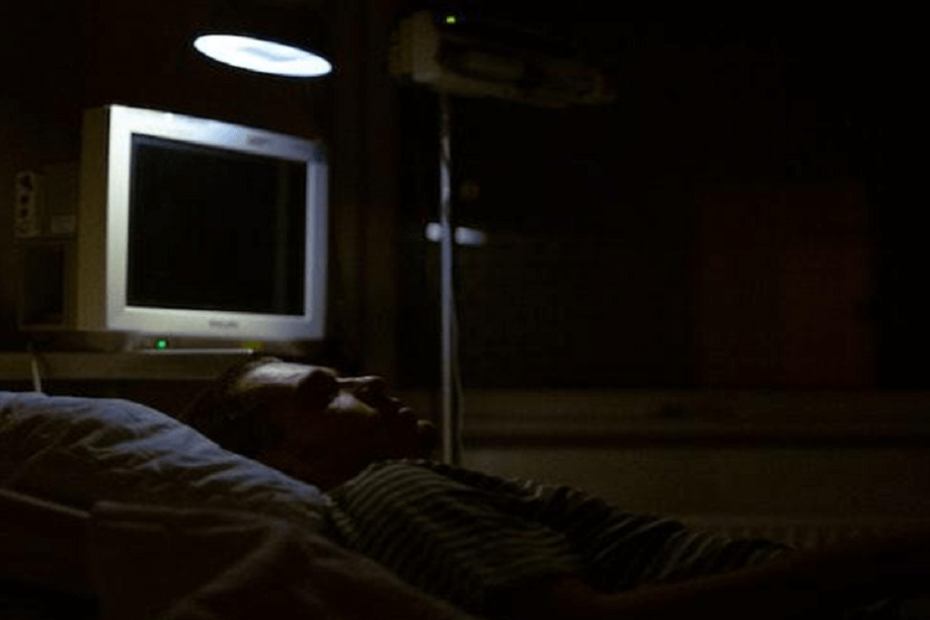In recent years, the healthcare business has undergone a paradigm shift, with an increasing emphasis on using technology to provide better patient treatment. Remote Patient Monitoring Systems (often abbreviated as RPMS) are at the front of this shift. Even when patients are not in a typical healthcare environment, their health data can be monitored in real-time through remote patient monitoring systems (RPMS) thanks to innovative medical devices and communication technology. This novel technique provides a wide variety of advantages, causing a sea change in how healthcare is delivered.
1. Improving The Patient Experience By Fostering Engagement And Empowerment
Patients are given the ability to take an active role in the management of their health with Remote Patient Monitoring Systems. Through remote patient monitoring devices, real-time tracking of vital signs and other health-related data becomes achievable. This continuous surveillance provides a complete picture of a patient’s current state of health, enabling medical professionals to respond quickly to any irregularities due to the patient’s condition. Monitoring a patient’s health in real time is especially important for patients dealing with chronic diseases because it allows for prompt interventions and lowers the chance of consequences.
2. Integration Effortlessly Into The Processes Of Healthcare
The capacity of RPM systems to integrate without disruption with preexisting healthcare workflows is one of the most significant advantages offered by these systems. This technology can be integrated into Electronic Health Record (EHR) systems, which will ensure that patient information is easily accessible to all of the essential healthcare practitioners. Because of this integration, communication and collaboration across medical teams are streamlined, which ultimately results in more comprehensive patient care.
3. Early Detection of Health Decline Is Of Critical Importance
RPM systems take on the role of watchful guardians, quickly notifying the personnel in charge of the patient’s care of any signs that suggest a deterioration in the patient’s health. Healthcare providers receive notifications through alerts that they’ve tailored with specific thresholds and criteria, signaling deviations from the anticipated range in a patient’s vital signs. As a result of this early recognition, prompt actions are possible, which helps to reduce the number of hospitalizations that could have been avoided.
4. The Development of Tailored Treatment Strategies
RPM systems perform a good job of establishing tailored treatment strategies to meet the specific medical needs of each individual patient. This is accomplished through the use of patient-specific data. An all-encompassing view of the development of a patient’s health can be obtained because of the large volumes of data that have been collected over the course of time. Because of this comprehensive awareness, healthcare personnel are able to accurately adapt interventions to the specific requirements of individual patients. This results in improved treatment outcomes and a higher level of patient satisfaction.
5. Financial Benefits for both Patients and Providers of Healthcare
The introduction of RPM systems promises cost-effectiveness, benefiting both patients and healthcare institutions. This transition holds advantages for individuals and medical facilities alike. By effectively decreasing the frequency of hospital readmissions and reducing the necessity for frequent in-person appointments, patients can experience notable financial relief while medical centers optimize resource allocation. Moreover, the ability to promptly identify potential health concerns empowers individuals to make informed decisions, thereby avoiding the need for expensive medical interventions. This multi-faceted approach underscores the positive impact of RPM in enhancing patient well-being and the operational efficiency of healthcare systems.
6. Providing Independence to Seniors and Patients with Chronic Conditions
Individuals who are in their later years or grappling with persistent health challenges often confront obstacles that hinder their access to vital healthcare services. In response, Remote Patient Monitoring (RPM) systems emerged as a solution, delivering medical oversight directly to the confines of patients’ homes. This approach effectively bridges the prevailing gap in care, catering to the specific requirements of these individuals. This empowerment brings a dual benefit: not only does it ensure meticulous monitoring of medical conditions, but it also cultivates a sense of independence, thereby contributing to an elevated quality of life for the individuals at the center of this innovative approach.
7. Remote Accessibility
Implementing Remote Patient Monitoring (RPM) Systems brings a pivotal advantage in the form of remote accessibility. RPM Systems breaks down geographical barriers, enabling patients in remote or underserved areas to receive consistent and quality healthcare services. This transformation ensures that individuals, regardless of their location, can access medical monitoring, consultations, and guidance without the constraints of distance. By enhancing accessibility, RPM Systems not only improve patient outcomes but also contribute to a more equitable and inclusive healthcare landscape, ultimately revolutionizing the way healthcare is delivered and experienced.
Conclusion
The introduction of Remote Patient Monitoring Systems into healthcare practices is a significant step forward in the direction of improving the quality of treatment provided to patients and enhancing the outcomes. The seven benefits that have been elaborated upon in this discussion highlight the paradigm-shifting potential of RPM systems in the delivery of healthcare, the cost-efficiency of that delivery, patient participation, and overall wellness. The integration of RPM systems is poised to change healthcare, making it more patient-centric, simplified, and impactful as technological innovation continues.
